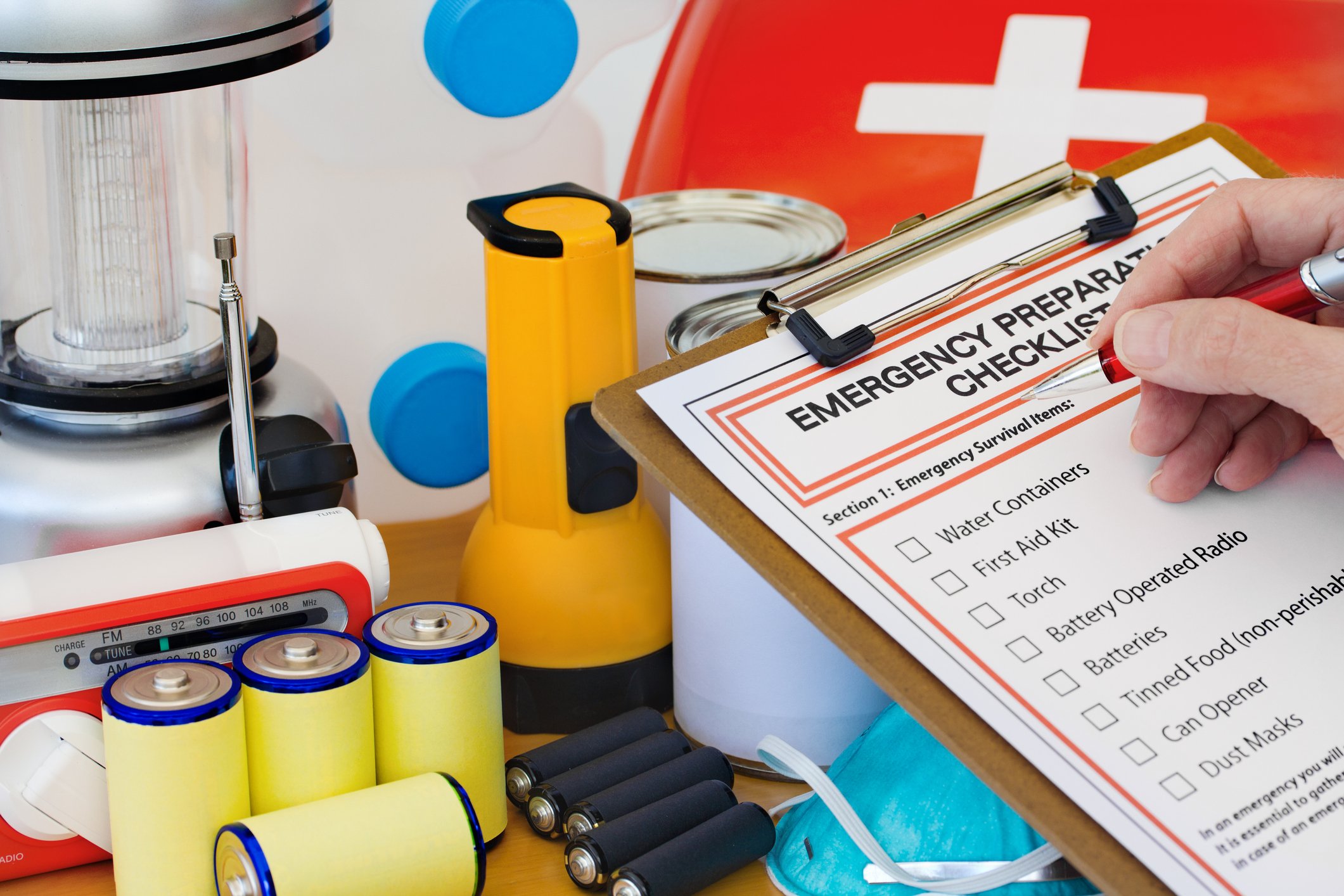
Preparedness is essential to trauma treatment, especially when you encounter catastrophic injuries in the field. Having the right supplies in your trauma kit allows you to care for patients and avoid needless treatment delays.
As you review your trauma kit supplies, consider creating a replenishment schedule. For example, at the end of each week, take inventory of the kit and replenish supplies as necessary. Keeping the kit clean and well-organized is also important because it helps you avoid the misery of fumbling for supplies you desperately need but cannot find.
Here’s what you need to include in your trauma kit:
Protective Gear
Before you can tend to a patient, you must ensure both the treatment providers and the patient are safe. Depending on where you treat the patient, you may need reflective shields or a flare light to prevent dangerous collisions with cars. Some other types of protective gear to have in your kit include:
- Surgical masks
- N95 or KN95 masks
- Face shields
- Goggles
- Shoe covers
- Heat shields
- A blanket
- A poncho
- Hand sanitizer
- Distilled water
- Latex and non-latex gloves
- Alcohol or bleach-based sanitizing wipes
You should also include protective tools tailored to your geographic region, such as insect repellent or sunscreen.
Assessment Tools
To properly treat a patient, you must be able to assess their vitals and identify potential causes of their symptoms. Don’t neglect these key assessment tools:
- Pulse oximeter
- Stethoscope
- CO2 monitor
- Blood pressure monitor
- Blood glucose monitor
If your team uses other portable assessment tools, such as a handheld blood analyzer, include that as well.
Trauma Tools
To manage bleeding and treat other trauma, you need a wide variety of tools such as:
- Tape
- Tourniquets
- Chest injury seals
- Regular and hemostatic dressings
- Bandages and wraps in a variety of sizes
Patient Transport Tools
If you can’t quickly move a patient, you can’t adequately treat them. You must have a wide range of transport tools at your disposal. At a minimum, this includes:
- Lifts
- Wheelchairs
- Stretchers large enough for even very overweight patients
Basic First Aid Trauma Kit Supplies
Consider setting aside a smaller kit that allows you to render basic first aid, especially if you regularly have to go into tall buildings or treat patients for whom transport may prove complex or difficult. At a minimum, include the following:
- Scissors
- Gauze
- Epi-pen
- Disinfecting tools
- Bandages in a variety of sizes
Airway Management Equipment
Trauma survivors often need airway management. The cornerstone of any airway management kit is a portable emergency suction device that can clear the airway and prevent aspiration. Some other items you’ll need in your kit include:
- Nasal and oral airways
- Supraglottic airways
- A bag valve mask
- A manual suction device
- Supplies for chest decompression
A Personal First Aid Kit
Competent treatment for patients requires excellent care for first responders too. You should have a personal first aid kit that includes your own basic medical supplies, including over-the-counter and prescription medications. Also include the items your team needs, especially if anyone on the team has a serious or chronic medical condition that requires emergency or ongoing treatment.
And personal care extends beyond medical equipment. Dehydration, hunger, and discomfort can make you a less skilled provider and may also cause physical symptoms. Pack a few snacks, some water, and a change of clothes in the bag so that you’re prepared for long, stressful days. If there are trauma skills you struggle with, also consider including basic instructions or mnemonic devices on cards.
The right portable emergency suction allows you to manage your patient’s airway efficiently, and can help reduce mortality and morbidity. For help selecting the right device for your organization, download our free guide, The Ultimate Guide to Purchasing a Portable Emergency Suction Device.
Editor's Note: This blog was originally published in May, 2021. It has been re-published with additional up to date content.
















